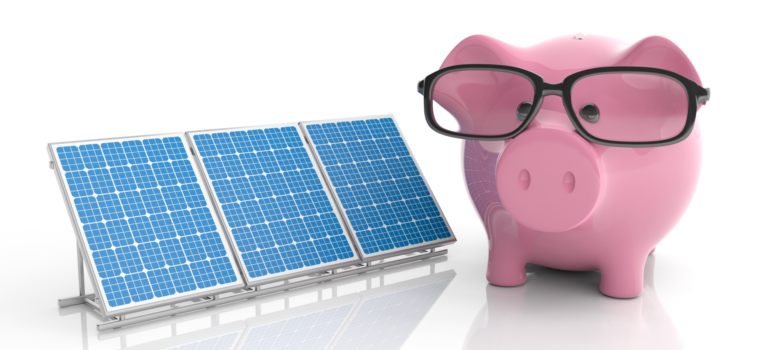
Size
The two dictating factors for the initial cost of the panels are size and quality. A larger system means more electricity produced, which in the long term will make a bigger impact on your bills and provide more surplus electricity for the feed-in tariff (see below). The average solar PV system installed in the UK now is 3.5KW, which – working at 90% efficiency – will produce approximately 3150kWh of electricity (depending how much sun you get in your part of the country). As reference, an average house uses approximately 4,800kWh. However, the initial cost of a bigger system is, well, bigger. Even if you win the lottery, you may still be constrained by the amount of roof space you have available. To make the most of smaller systems it’s necessary to use high efficiency cells.
Quality
You could be forgiven for thinking that you’d already made your choice of solar panel by going with PV over thermal. Au contraire, there is so much more to it. There are three main types of PV panels, each with different associated costs and efficiencies.
Monocrystalline Solar Cells: The most expensive of the PV options, these solar cells are developed from single crystals grown in isolation and can reach an efficiency of 22%.
Polycrystalline Solar Cells: Made from multiple interlocking silicon crystals grown together, polycrystalline cells are cheaper to produce than monocrystalline but their efficiency is much lower at around 13-17%.
Amorphous Solar Cells: A bargain compared to the above, amorphous solar cells are a surprisingly popular option in the UK, despite their 9% efficiency level. This is down to their ability to continue operating and producing energy even in low-light.
HIT Solar Cells: I know I know, I said there were three types and now here I am throwing in a fourth, but HIT solar systems are actually a hybrid of amorphous and monocrystalline cells. HIT stands for Heterojunction with Intrinsic Thin Layer, which is not exactly a user-friendly sort of name, but they are very high performing panels. They have a significantly higher efficiency rating that any of the other panels, though you’re more likely to find them in sunnier places where they operate best.
We know this all sounds a little bit overwhelming so we’ve put it on a friendly chart for you.
| Type of Panel |
Amorphous |
Polycrystalline |
Monocrystalline |
| Cost |
£5,500 |
£6,250 |
£7,000 |
| Efficiency of Panel |
9% |
15% |
20% |
| Output (kWh) |
3200 |
3500 |
3700 |
| Feed-in Tariff (£) |
399 |
436 |
461 |
| Savings on electricity bill (£) |
200 |
219 |
231 |
| 50% electricity exported (£) |
65 |
80 |
90 |
| Annual Return (£) |
664 |
735 |
782 |
Installation
Different suppliers vary in their installation service charges. The most important rule with installation is to ensure that the suppliers are MCS-accredited to qualify for the Feed-in Tariff.
How much money can solar panels make me?
On top of the savings made by producing your own energy and drastically cutting your bills, solar PV is also eligible for the Feed In Tariff.

The tariff is split into 2 sections – generation and export. Export is set at 5.03p/kWh for solar PV, but the generation rates change every few months. At the time of writing, the majority of domestic users will be generating electricity at a Feed-In Tariff rate of 4.01p/kWh. For a 4kWp system of high performance monocrystalline panels on a south-facing roof in southwest London (the home of the GreenAge), we’d be looking at a total annual Feed In Tariff of £227.27 in the first year.
Think we missed something? Do you have a different opinion?
Comment below to get your voice heard…
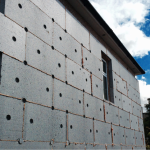
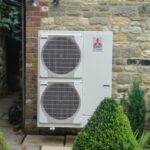
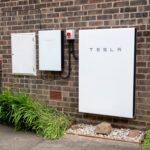
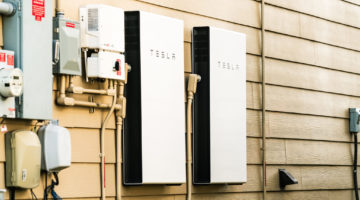

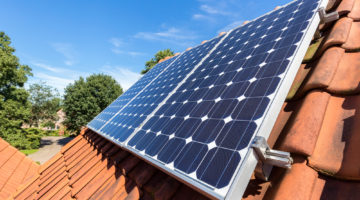
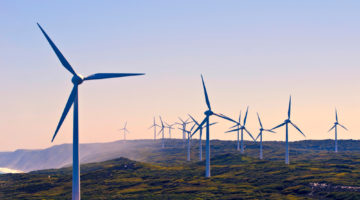




I am visiting from Australia, I was surprised by the high cost of Solar PV systems in the UK, as an example, a 6.5KW PV system in Australia costs around $3000 fully installed (around $1600 Pounds), the inverters are usually SMA or Fronious, and the panels are QCell (all from the EU) so was wondering why there is such a large price difference, given the component pricing would been the same if not cheaper?
labour cost in UK is very high and people do take more than the required time (unnecessarily) to earn more money. There is no corruption in this country but, people make money like this – an alternate way of corruption. nothing new.